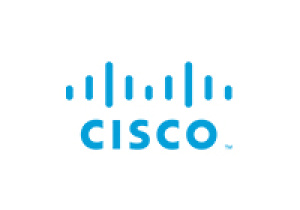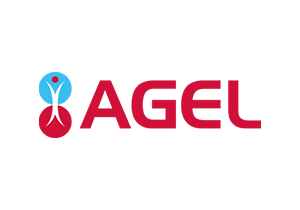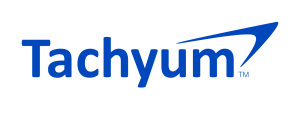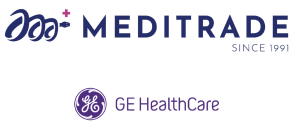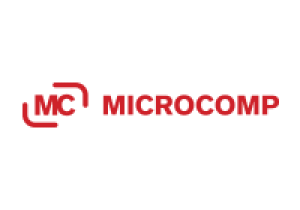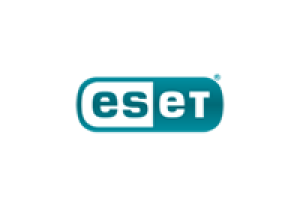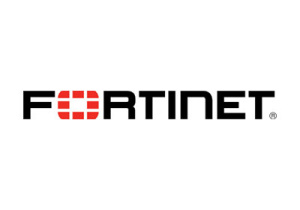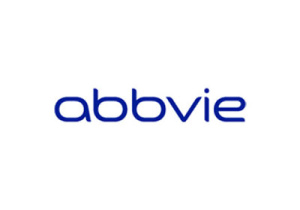What will be the future of Slovak cities?
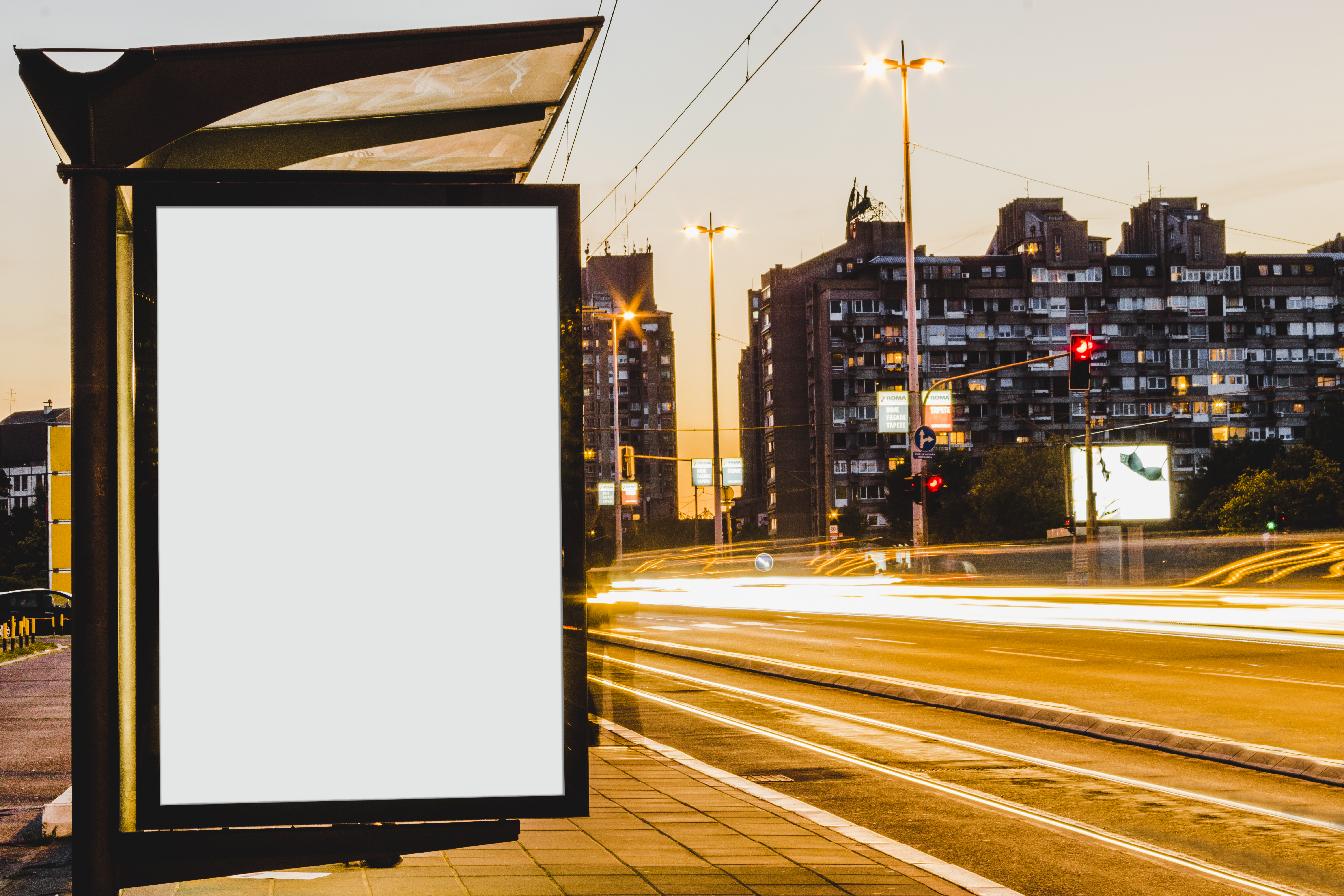
Modern technologies have made life easier for us in many ways, but at the same time they have brought new yet unknown problems.
These also relate to the functioning of our cities. According to the United Nations report from May 2018, 68% of the population will live in cities by 2050. This densification of the urban population presents unavoidable challenges for Slovakia. For example, Bratislava had about 50,000 inhabitants at the beginning of the 20th century. Today about 400,000 people are registered for permanent residence in the capital, however, estimates say that there are about 650,000 people present there. The increase in population combined with the requirements we take for granted today (good transport, quality infrastructure, easy access to information) is a challenge for local governments.
In order to improve the functioning of their cities, several Slovak municipalities have opted for an innovative solution using modern intelligent technologies. In support of Smart Cities in 2018, the Ministry of Economy of the Slovak Republic directly supported innovative projects with an amount of almost 500,000 euros. This year it also launched a call to support small and medium-sized enterprises in implementing innovative urban solutions. The deadline for submitting applications is 4 October. Other forms of financial support for cities and regions were presented at the ITAPA Spring Conference.
What are the examples from abroad that Slovakia can be inspired from? Let’s look at Alba Iuliu, a Romanian town with 63,000 inhabitants. Alba Iulia considers technology as a necessity, a tool that will simplify day-to-day operations. Therefore, they decided to become the first Romanian smart city and started implementation in December 2016. Today, more than 100 smart projects are running in the city. These include digital education (digital classes and smart education in all schools in Alba Iulia), an intelligent city lighting system, an intelligent parking system, car sharing, e-health solutions, smart meters, virtual city tours, smart e-government and WiFi (available in public transport, providing 230 hotspots). Sensors have been installed in the city, and thanks to LoRaWAN and intelligent LED lighting, the municipality has managed to reduce electricity consumption by 50%. The city also plans to launch an intelligent water management system and streamline water consumption.
The municipality is starting to use public WiFi for more intensive communication with its citizens. It gathers their opinions and suggestions through short surveys that run on buses when connected to WiFi. Improving the Internet has also contributed to the digitization of self-government services and direct citizens' contact with the city (CityApps). All projects have 5 phases: survey, deployment, testing, full operation, evaluation.
Our times are full of technologies that change our lives significantly. It is up to us how we grasp them and find the right use for them. In the case of municipalities, appropriate use will be crucial for the further development and well-being of citizens.
Are you interested in knowing more about new concepts and solutions you can implement in your city? Join the Smart Cities panel as a part of the International ITAPA Congress 2019 which will be held on 13 November.


